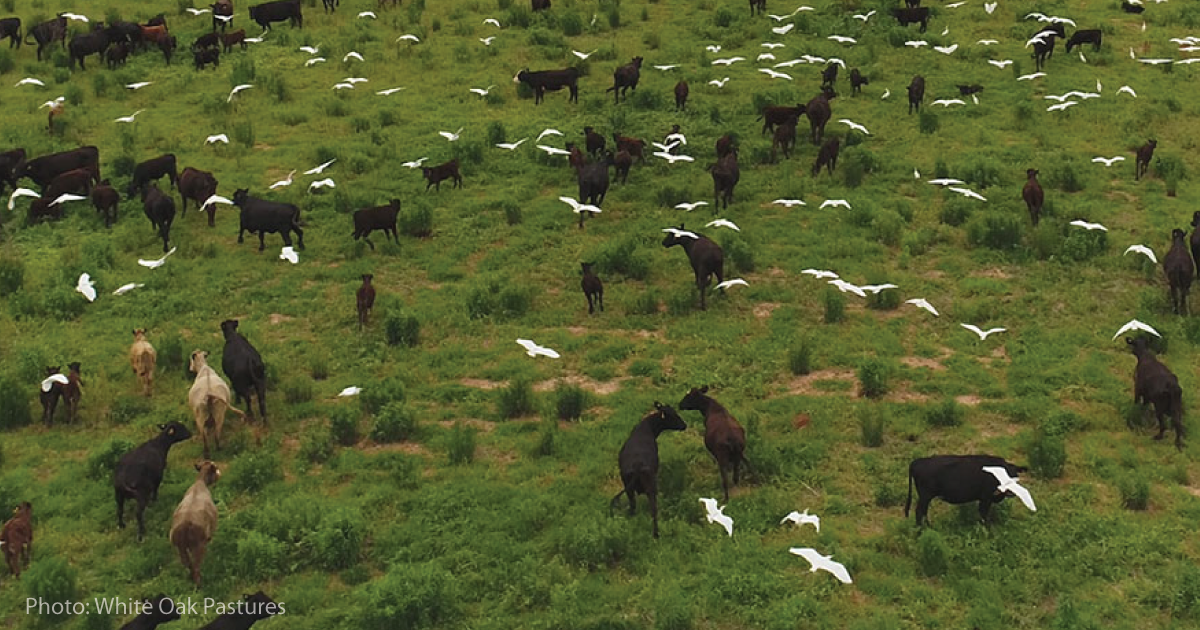
Going Local: The Case for Bringing America’s Meat Supply Closer to Home
Will Harris is at odds with the way most producers get meat to the American public. The Georgia farmer shuns the large production plants that dominate the protein supply chain in the country, raising his “athletes” — hens, pigs and cattle and seven other species — on 3,200 acres near the Alabama border.
May 1, 2020 | Source: Forbes | by Chloe Sorvino
Will Harris is at odds with the way most producers get meat to the American public. The Georgia farmer shuns the large production plants that dominate the protein supply chain in the country, raising his “athletes” — hens, pigs and cattle and seven other species — on 3,200 acres near the Alabama border. He raises them holistically, before slaughtering them for meat and selling it to local restaurants, local grocers and home delivery nationwide.
So when he listens to the growing panic about America’s meat supply, he huffs.
“Let me tell you about Tyson,” the 65 year-old head of White Oak Pastures says in a slow drawl. “For the last 25 years, some of us have recognized there is no resilience in the American food system. Consolidation made production very cheap and very efficient, but it took away the resilience.”
Harris’s business is small, with annual sales of $20 million, a fraction of the $43 billion for Tyson, the country’s largest meat supplier. But his pandemic business is booming, with online sales increasing 5-fold, sending him scrambling to restock more burgers and bacon, while finding ways to prioritize sales to existing customers.
